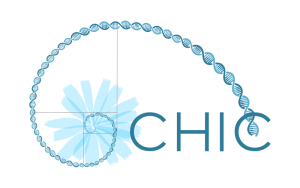Source: www.nieuweoogst.nu
Photo: Twan Wiermans
Onno Beijers
‘Cichorei is een gewas met veel potentie. Het zou mooi zijn als we op beide fronten – als bron van voedingsvezels en medicinale stoffen – slagen kunnen maken. Dat is de doelstelling van het CHIC-programma’, zegt onderzoeksleider Dirk Bosch van Wageningen University & Research.
Dirk Bosch, DLO Groepshoofd Applied Metabolic Systems bij Wageningen University & Research, is in zijn nopjes dat het CHIC-project (zie tekst onderaan artikel) de financiële EU-injectie definitief kreeg toegekend. ‘We hebben er veel werk ingestoken om al die laboratoria en bedrijven uit twaalf landen op één lijn te krijgen. Formeel zijn we in januari al begonnen, op 6 februari was de officiële kick-off in Brussel.’
CHIC is vooral een veredelingsproject. ‘Cichorei is nu moeilijk te veredelen, moeilijk kruisbaar. Tegelijkertijd is het een gewas met veel potentie. We isoleren nu inuline uit de wortel van de cichorei, maar willen via veredeling een beter type maken, met betere voedingsvezels’, zegt Bosch.
Nieuwe soorten antibiotica
‘Daarnaast zitten er ook andere medicinale stoffen in cichorei die interessant zijn, zoals stoffen die aan de basis zouden kunnen staan van nieuwe soorten antibiotica, ontstekings- en tumorremmers en dergelijke.’ Eerdere onderzoeken brachten al aan het licht dat de bitterstoffen in de cichorei zowel een antimalaria-effect hebben als ook een antiwormeffect bij schapen.
Het lijkt een utopie om alle bitterheid uit cichorei te halen.
MATTHEW DE ROODE, INNOVATION MANAGER BIJ SENSUS
Bosch: ‘In de eerste fase van het project gaan we uitzoeken welke medicinale stoffen erin zitten en welke daarvan de meeste potentie hebben; zijn dat antibiotica, ontstekingsremmers of iets anders? Pas als we daar antwoord op hebben, kunnen we gaan veredelen.’
Hij noemt het ‘de inventariserende fase, waarbij de nodige protocollen zullen worden opgezet’. Daarna komt pas de fase van ‘verbeteren, veredelen en testen’.
Crispr-Cas
Het verdere veredelen (dat de EU wel ziet zitten, gezien de verstrekte subsidie) is dankzij Crispr-Cas vereenvoudigd. Deze nieuwe veredelingstechniek kan erfelijk materiaal van onder meer planten relatief eenvoudig genetisch veranderen, wat leidt tot aangepaste of geheel nieuwe eigenschappen.
‘Uiteindelijk moet het project leiden tot meerdere, hoogwaardige types cichorei, met een nuttige verbetering voor de consument of patiënt. Die moeten er iets aan hebben’, aldus Bosch.
Ook projectdeelnemer Sensus kijkt met een gretig oog naar het beter verwaarden van cichorei. Innovation manager Matthew de Roode: ‘Wij zijn niet alleen inulineproducent, maar actief bezig om de hele keten op een hoger plan te brengen en nauw betrokken bij de telers. Dat zijn wij als onderdeel van de coöperatie Royal Cosun aan onze stand verplicht.’
Inulineproductie
De Roode hoopt dat de cichoreiteelt qua opbrengst per hectare ‘dezelfde sprongen’ kan maken als de suikerbiet en dat de inulineproductie minder grillen vertoont. ‘De hoeveelheid inuline is geen constante factor in de campagne die van september tot januari loopt. De piek ligt in oktober en november. Daarvoor, in de opgroei en daarna is die lager. Onder meer door koudere weersomstandigheden, waardoor de plant de voorraad inuline sneller aanspreekt’, vertelt hij.
‘Wij vragen ons af: zou het mogelijk zijn om een cichorei te kweken die zijn inuline dan niet afbreekt? Een hele campagne een constante kwaliteit, dat zou mooi zijn.’
Daarnaast is De Roode zeer geïnteresseerd in de uitkomsten van het onderzoek naar de terpenen (aromatische stoffen met een medicinaal en beschermend effect tegen planteneters) in de plant. ‘De bitterheid in de wortel is best lastig, dat wil je niet in je eindproduct hebben. Met nieuwe veredelingstechnieken kan de bitterheid omlaag, al lijkt het een utopie om alle bitterheid eruit te halen.’
Maatschappelijk debat
De Roode realiseert zich dat de maatschappij nauwlettend kijkt naar het via gerichte mutaties verbeteren van het gewas en verhogen van gezonde inhoudsstoffen.
‘We weten niet hoe de Nederlandse burger denkt over deze veredelingstechnieken die geen vreemd DNA inbouwen. Het maatschappelijk debat tijdens het CHIC-project is belangrijk. Naast een veredelingsproject is dit ook een opinievormend project.’ Het is een van Sensus’ taken om een businesscase uit te werken, de commerciële potentie van nieuwe cichoreitypes duidelijk te maken en vanuit de telers feedback te geven.
De Roode: ‘In dit project zijn twee dingen mogelijk: óf we staan aan de start van een veredelde cichorei, óf dat is om technische redenen niet mogelijk. Ik hoop op het eerste, al is een onderzoeksperiode van 4,5 jaar zeer kort. Ik verwacht niet dat er meteen een nieuw soort cichoreizaad ligt.’
WUR, Sensus en KeyGene in breed gedragen onderzoek
De Europese Unie steekt 7,3 miljoen euro vanuit het Horizon 2020-programma in het onderzoeks- en innovatieproject CHIC (CHicory Innovation Consortium) . In CHIC slaan zestien universiteiten, onderzoekscentra en -laboratoria, bedrijven en non-profitorganisaties uit twaalf landen (elf Europese – België, Duitsland, Finland, Frankrijk, Italië, Nederland, Oostenrijk, Polen, Portugal, Servië en Spanje – plus Nieuw-Zeeland) de handen ineen om met behulp van nieuwe, verantwoorde veredelingstechnieken gezonde voedingsvezels en medicinale stoffen uit cichorei te winnen. Daarbij heeft het project ook oog voor het draagvlak en de maatschappelijke acceptatie ervan.Bij het project zijn drie Nederlandse partijen betrokken: Wageningen University & Research (WUR, kartrekker en coördinator), Sensus en KeyGene (R&D-bedrijf in gewasveredeling). Het project is in januari 2018 begonnen en zal 4,5 jaar in beslag nemen.
Source: http://www.nieuweoogst.nu/nieuws/2018/05/24/cichorei-als-basis-voor-voeding-en-medicijn

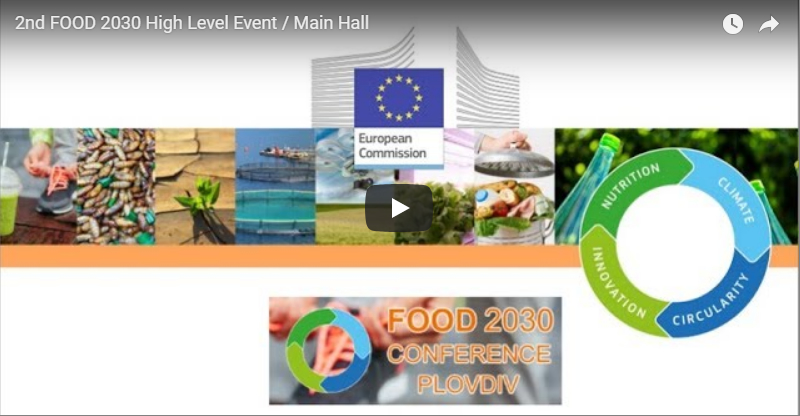
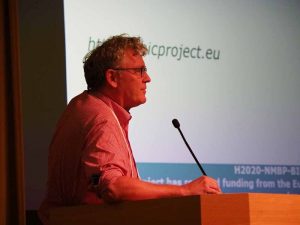
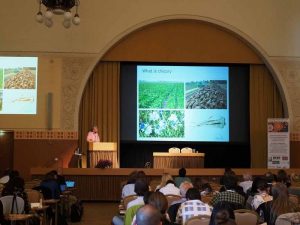
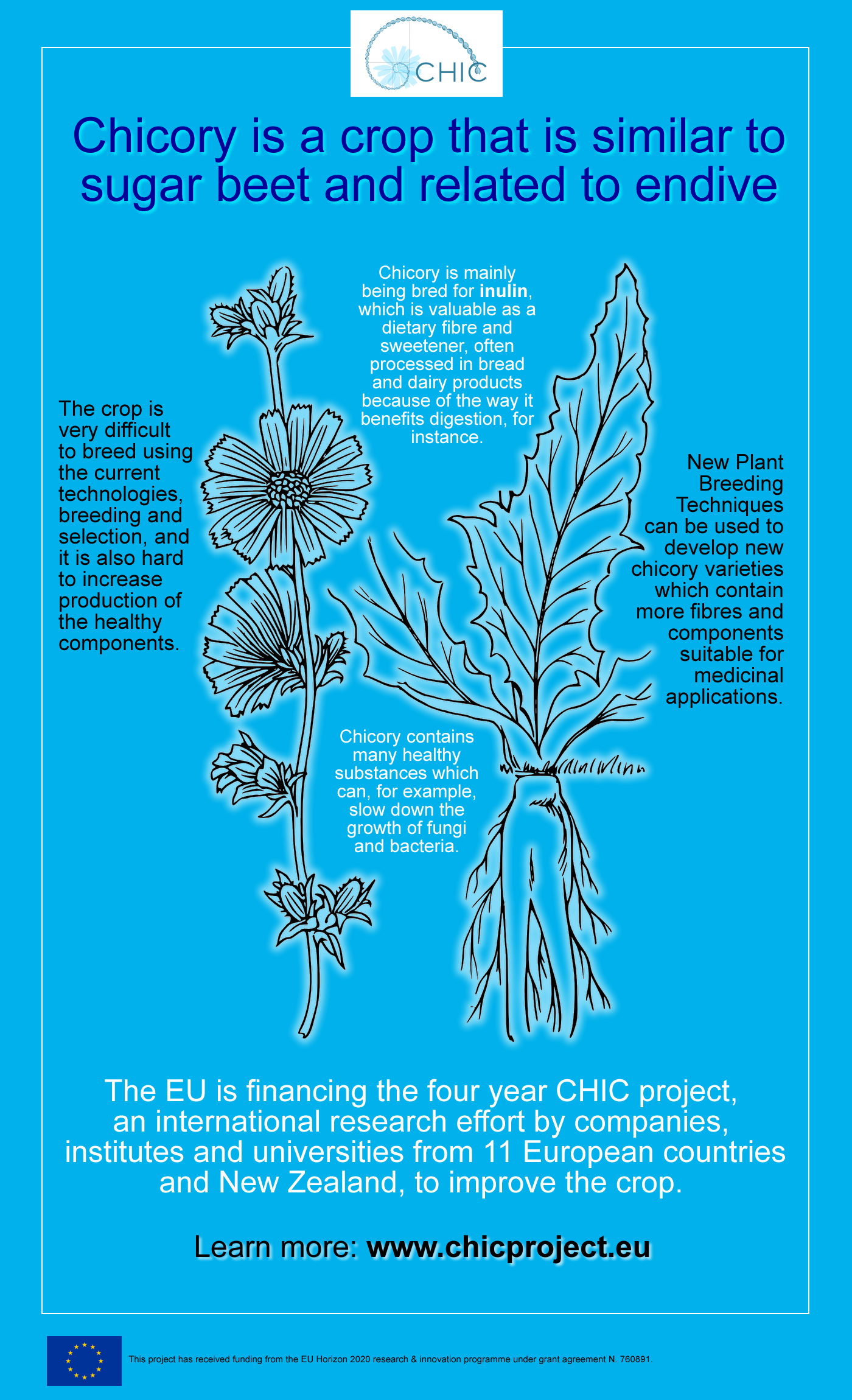
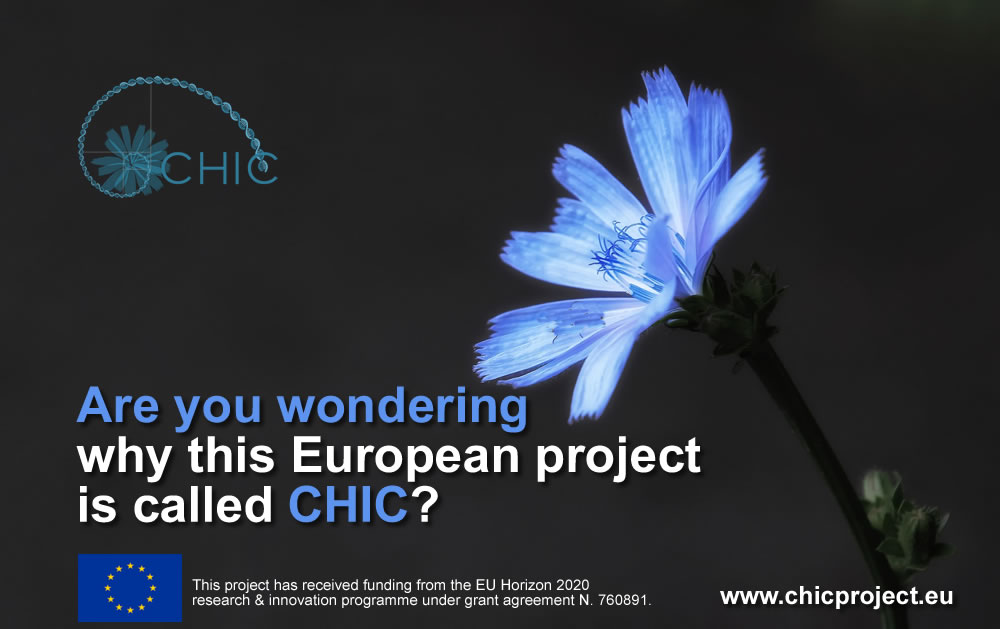
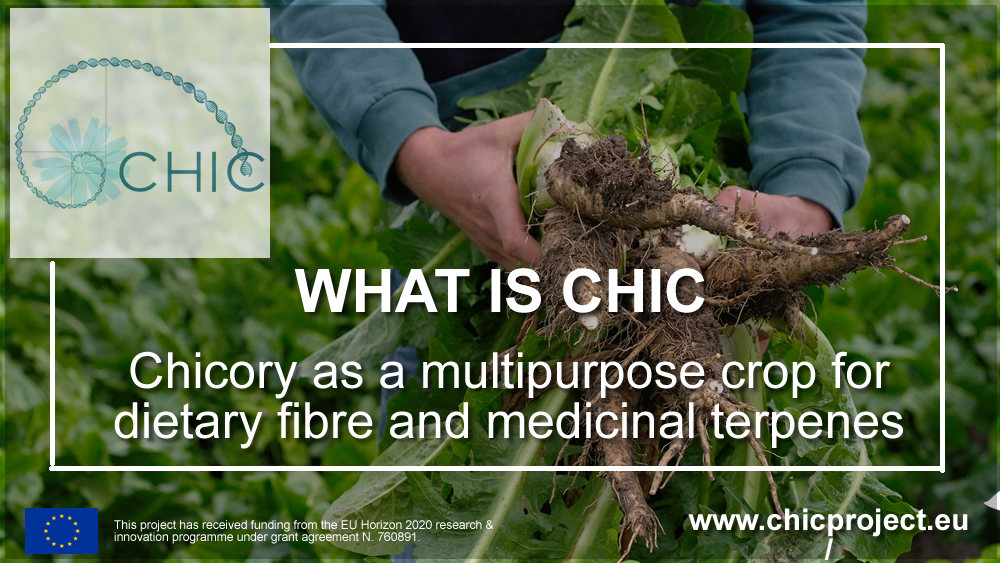
 This project has received funding from the EU Horizon 2020 research & innovation programme under grant agreement N. 760891.
This project has received funding from the EU Horizon 2020 research & innovation programme under grant agreement N. 760891.